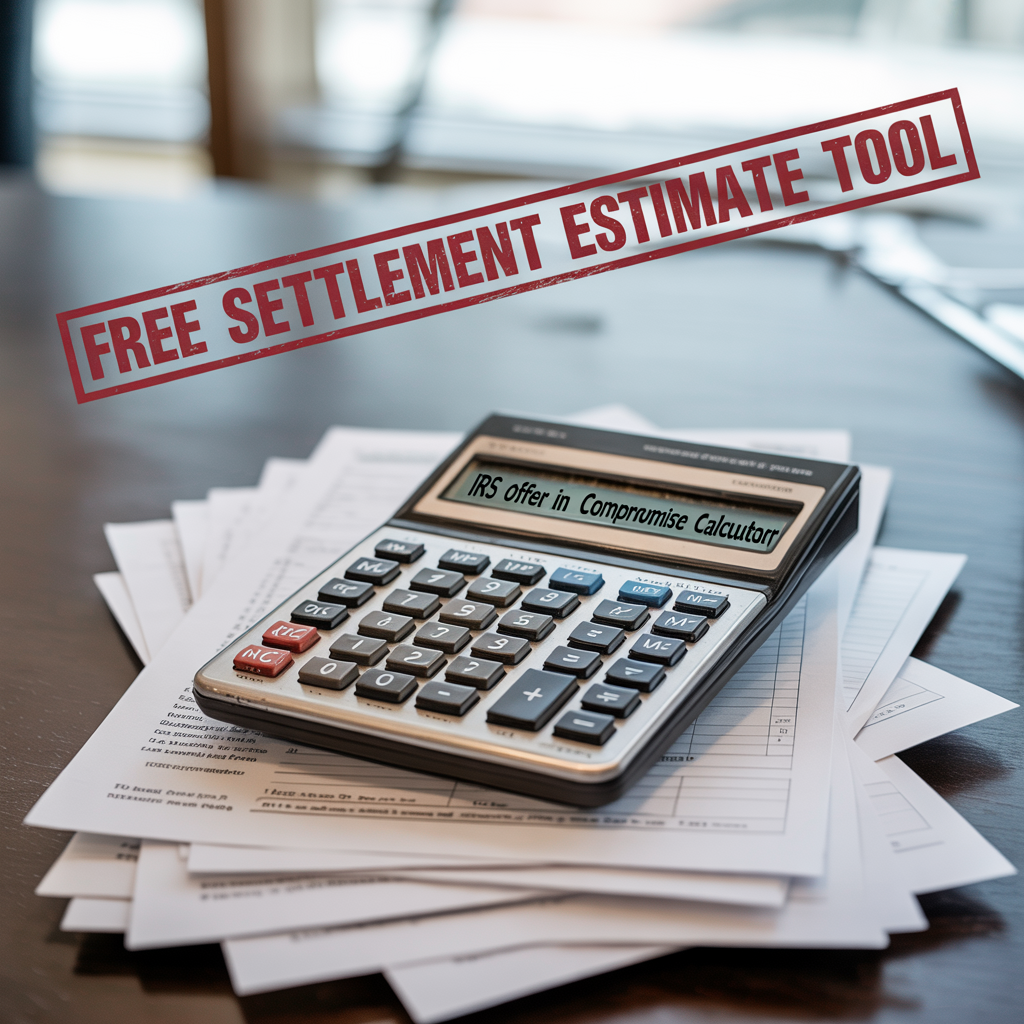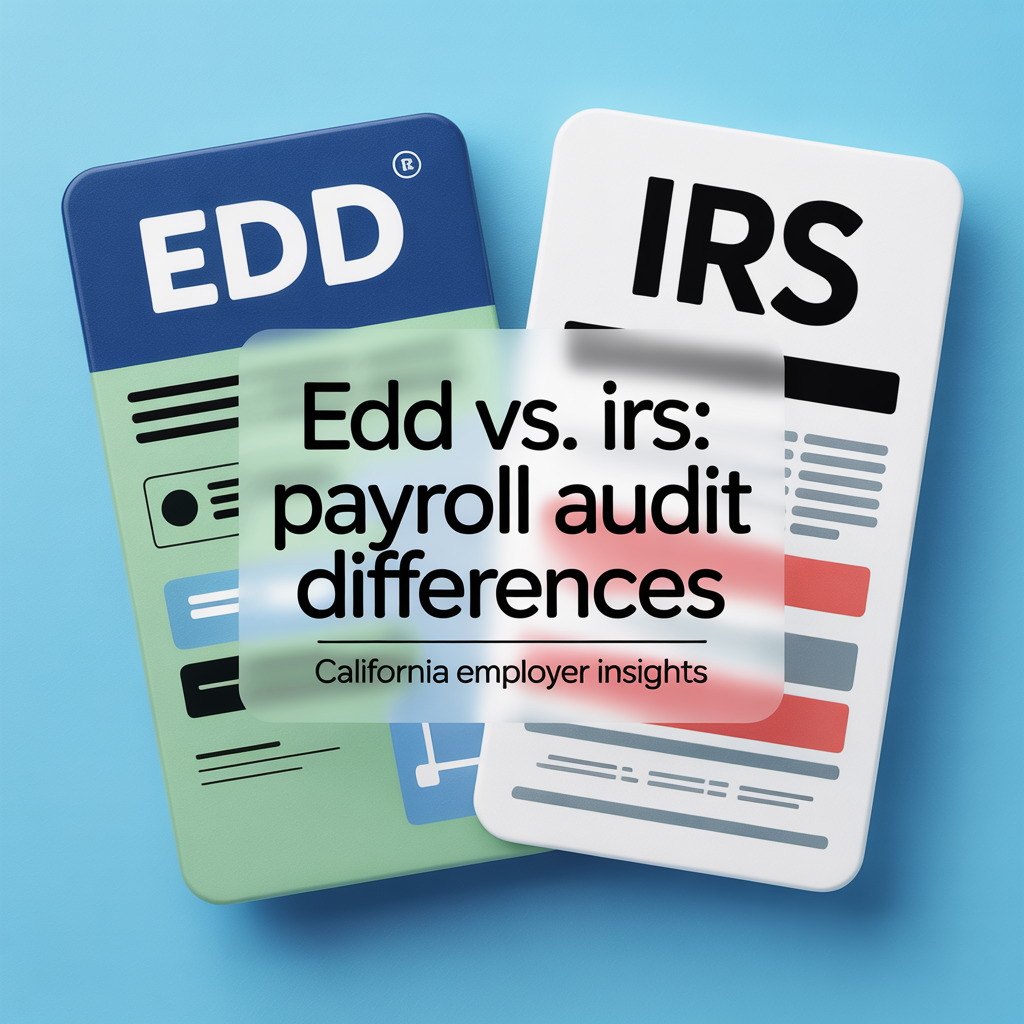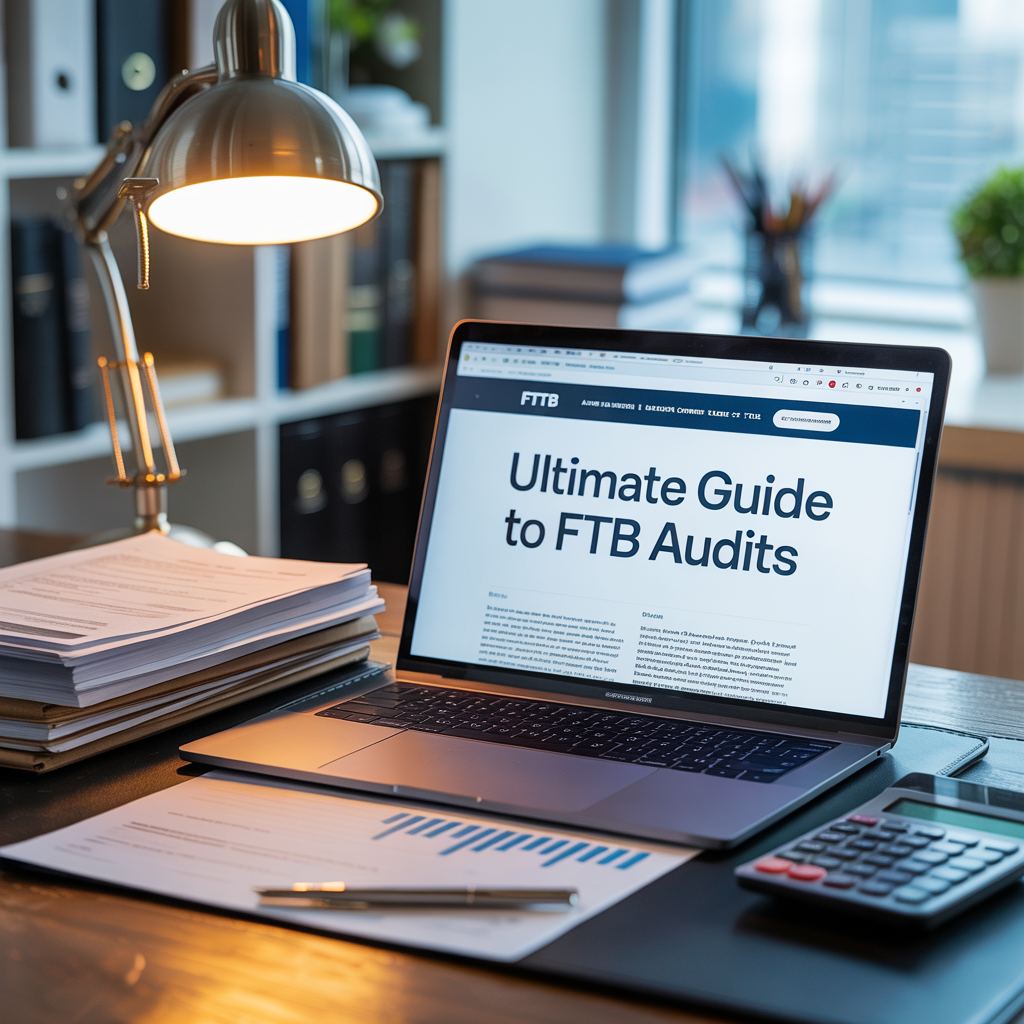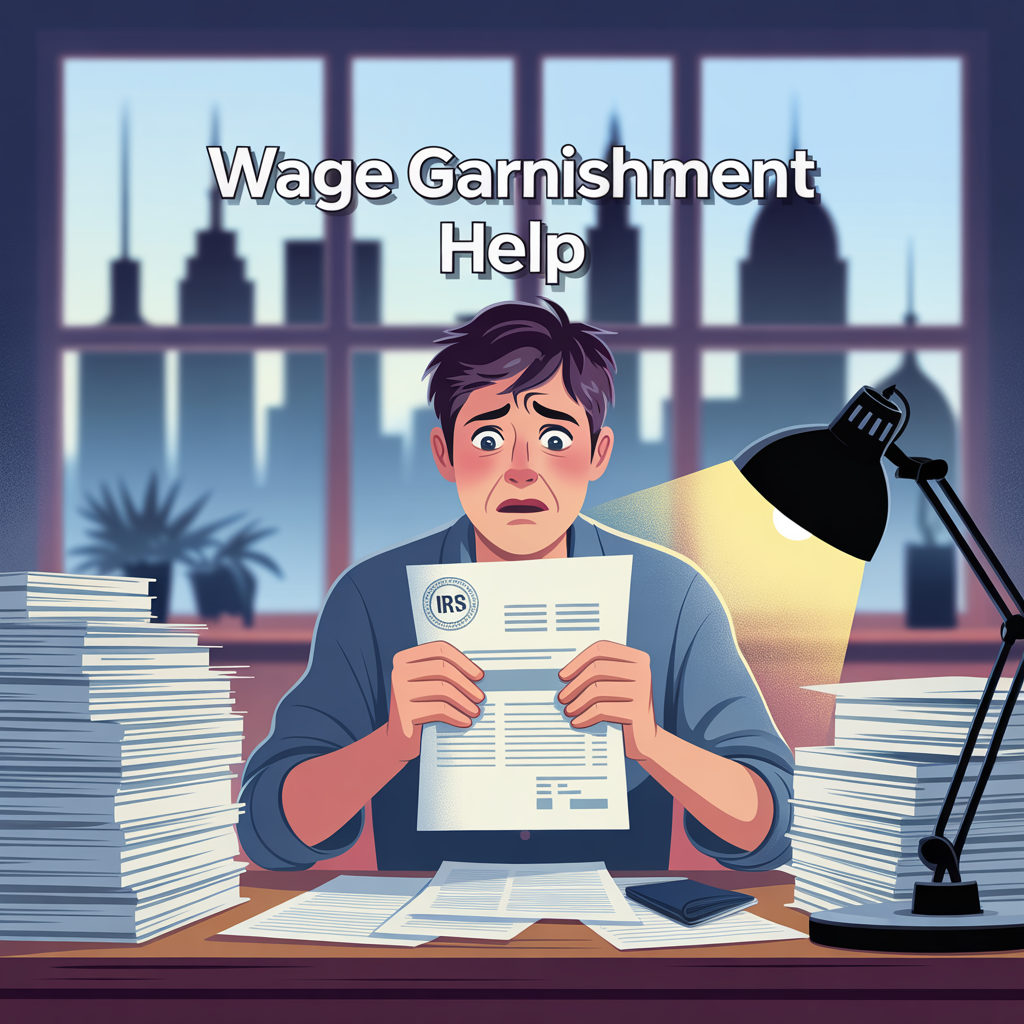California Estimated Tax Penalties: A Business Owner’s Guide

Introduction: Forgetting Your Estimated Payments Can Cost You — Big Time
If you're self-employed or run a small business in California, you're probably required to make estimated tax payments throughout the year. But what happens if you don’t?
You may be hit with California estimated tax penalties — and they add up fast.
This guide will help you avoid and resolve California estimated tax penalties by explaining how estimated tax works in California, what penalties you face for underpayment or late payment, and how Orange County business owners can reduce or eliminate these charges.
📊 Who Has to Make Estimated Payments in California?
You’re required to make estimated tax payments if:
- You expect to owe $500 or more in state tax ($250 if married filing separately)
- You don’t have enough withholding to cover your total tax liability
- You’re self-employed, own a business, or receive 1099 income
Common situations:
- Sole proprietors
- S corporation shareholders
- Rental property owners
- Freelancers, gig workers, and consultants
- Anyone without W-2 withholding
👉 How to Get Back Into Compliance with the FTB
🧮 When Are Estimated Taxes Due?
California requires 4 estimated tax payments annually. Missing or underpaying any of these may see how penalties escalate into enforcement if you don’t act quickly.
| Quarter | Due Date |
|---|---|
| Q1 | April 15 |
| Q2 | June 15 |
| Q3 | September 15 |
| Q4 | January 15 (following year) |
Missing or underpaying any of these may trigger a penalty.
⚠️ What Are the Penalties for Underpaying Estimated Taxes?
The Franchise Tax Board (FTB) charges:
- A penalty of 5% of the unpaid tax, plus
- 0.5% per month the payment is late
- Daily interest on unpaid amounts
There are two major penalty types:
✅ 1. Underpayment Penalty
Applies when you:
- Pay less than 90% of what you owe for the year
- Or don’t meet the safe harbor (100% of prior year’s tax liability)
✅ 2. Late Payment Penalty
Even if you make full payments later, you're penalized for missing the quarterly deadline.
💡 The FTB calculates interest based on the federal short-term rate + 3%, compounded daily.
🧾 Example: Estimated Tax Penalty Scenario
Let’s say:
- You owed $8,000 in total
- You only paid $3,000 by Q4
- You missed Q1 and Q2 completely
The FTB may assess:
- $400–$600 in penalties
- $150+ in interest
- Plus reduced eligibility for penalty relief
✅ How to Reduce or Eliminate Estimated Tax Penalties
✅ 1. Use the Safe Harbor Rule
Pay at least:
- 100% of last year’s total tax liability (110% if AGI > $150,000)
- Or 90% of this year’s projected liability
Even if you owe more at year-end, you may avoid penalties.
✅ 2. File FTB Form 5805
This allows you to:
- Request penalty calculation based on annualized income
- Show that income was uneven throughout the year (common for small businesses)
- Reduce penalties tied to Q1 or Q2 underpayment
✅ 3. Apply for a Penalty Waiver
You may qualify if:
- You experienced a natural disaster
- You had a serious illness or financial hardship
- You were a first-time filer or paid in good faith
If so, you can learn how to request penalty reductions to bring your balance down faster.
✅ 4. Set Up Estimated Payment Planning
You can fix missed payments and avoid future penalties by:
- Making quarterly payments through the FTB Web Pay portal
- Using Form 540-ES vouchers
- Working with a CPA to forecast your estimated liability
🔁 What If You’re Already in Collections?
If unpaid estimated taxes triggered a larger balance and you’re now in collections:
- You may qualify for an Installment Agreement
- You can request a Hardship Deferral
- Or submit an Offer in Compromise if you can’t pay
Acting early helps you stay on top of required payment due dates and keeps problems from snowballing.
🧭 How Boulanger CPA Helps Orange County Business Owners
We help self-employed professionals, contractors, and small business owners across Anaheim, Irvine, Santa Ana, and Fullerton:
- Calculate and plan estimated tax payments
- File penalty abatement and Form 5805 requests
- Resolve outstanding balances and stop collections
- Submit Offers in Compromise if eligible
📞 Call
657-218-5700
🌐
www.orangecounty.cpa
Frequently Asked Questions
What are California estimated tax penalties?
These penalties apply when you underpay or miss your required quarterly estimated tax payments to the Franchise Tax Board.
Who needs to pay estimated taxes in California?
Business owners, self-employed individuals, and others without sufficient tax withholding typically must make quarterly estimated payments.
How are estimated tax penalties calculated?
The FTB calculates penalties based on the amount underpaid, the time the payment was late, and the applicable interest rate.
Can penalties be reduced or waived?
Yes. If you had reasonable cause—such as illness, disaster, or unusual circumstances—you can request penalty abatement from the FTB.
What happens if I repeatedly miss estimated payments?
Chronic underpayment can lead to larger penalties, liens, and collection actions from the FTB.
How can a CPA help with estimated tax penalties?
A CPA can calculate accurate quarterly payments, help you avoid future penalties, and negotiate penalty reductions with the FTB if you qualify.
📣 About the Author
Marc Boulanger, CPA is the founder of Boulanger CPA and Consulting PC, a boutique tax resolution firm based in Orange County, California and trusted by high-income individuals and business owners across Southern California.
He is the author of Defend What’s Yours: A California Taxpayer’s Guide to Beating the IRS and FTB at Their Own Game, available now on Amazon. The book offers a step-by-step plan for resolving IRS and FTB tax debt without losing your business, your home, or your peace of mind.
With over a decade of experience resolving high-stakes IRS and State tax matters, Marc brings strategic insight to complex cases involving wage garnishments, bank levies, unfiled returns, and six-figure tax debts. He is known for helping clients reduce or eliminate tax liabilities through expertly negotiated settlements and compliance plans.
Marc is a Certified Public Accountant licensed in California and Oklahoma and holds the designation of Certified Tax Representation Consultant. He is a member of the American Society of Tax Problem Solvers (ASTPS) — the national organization founded by the educators and practitioners who have trained thousands of CPAs, EAs, and tax attorneys in IRS representation strategy.
Every case is handled with discretion, proven methodology, and direct CPA-led representation — not call center scripts.
📍 Learn more at www.orangecounty.cpa or call (657) 218-5700.










